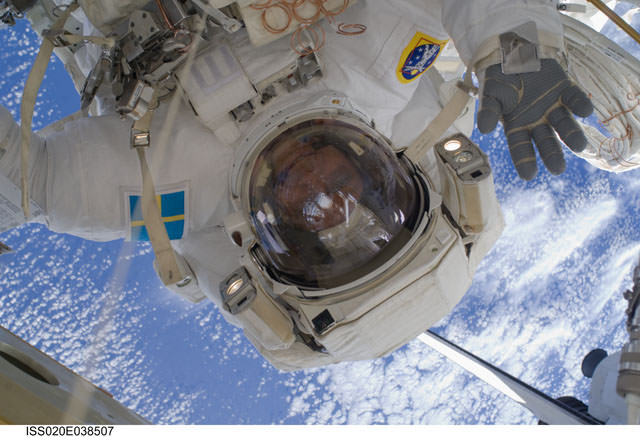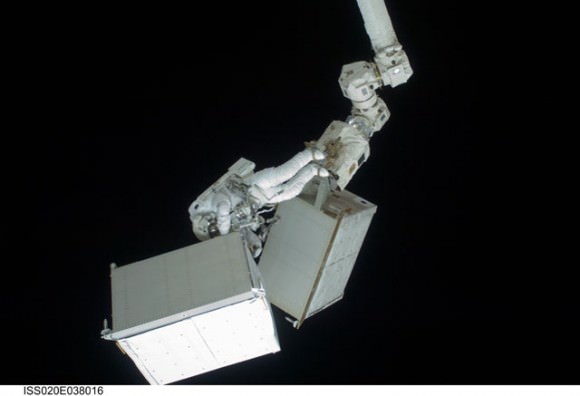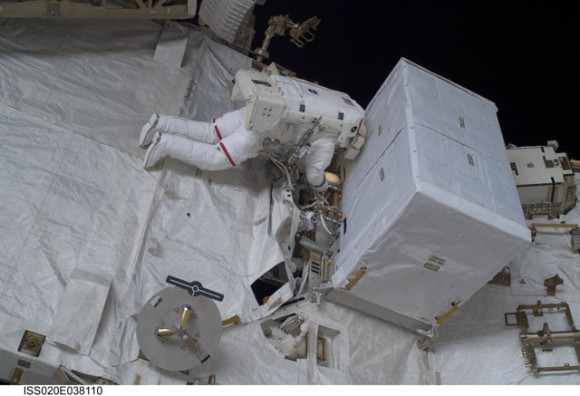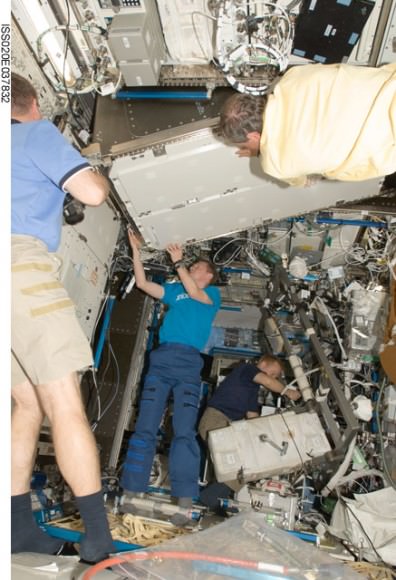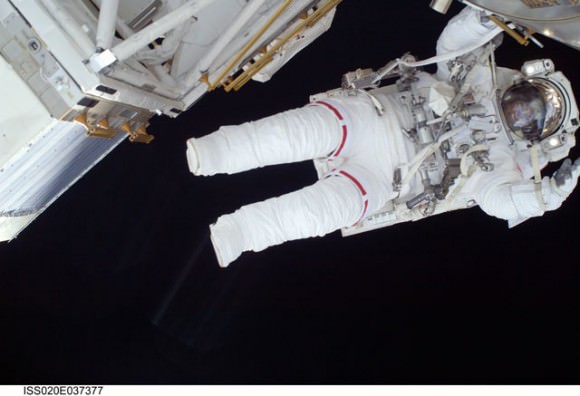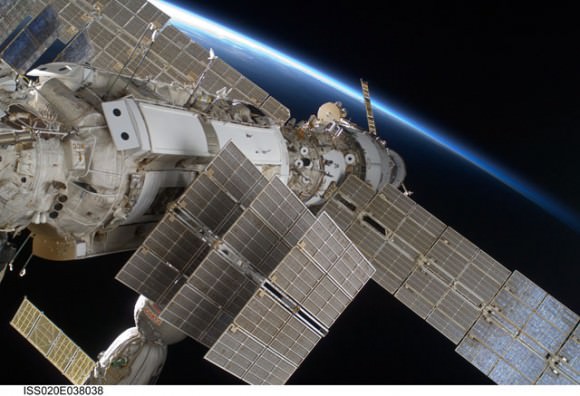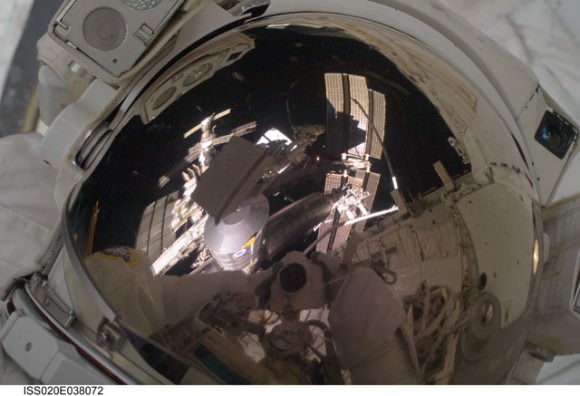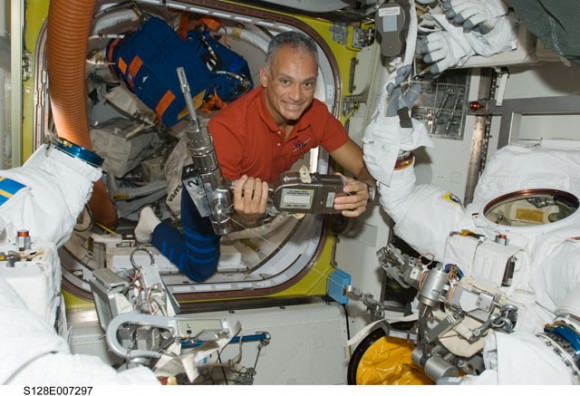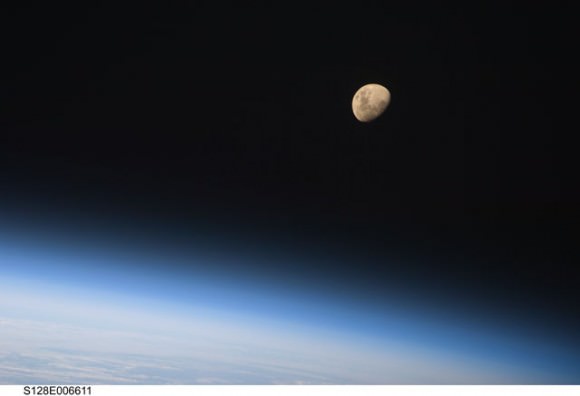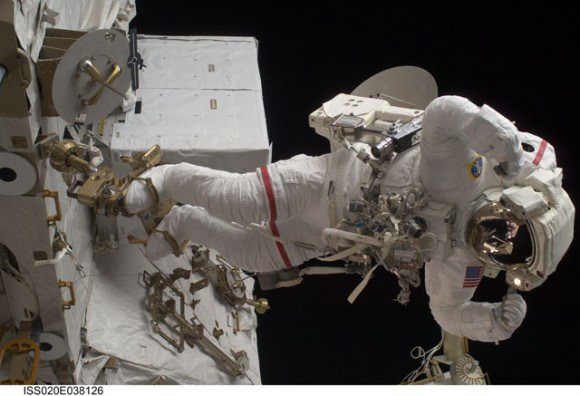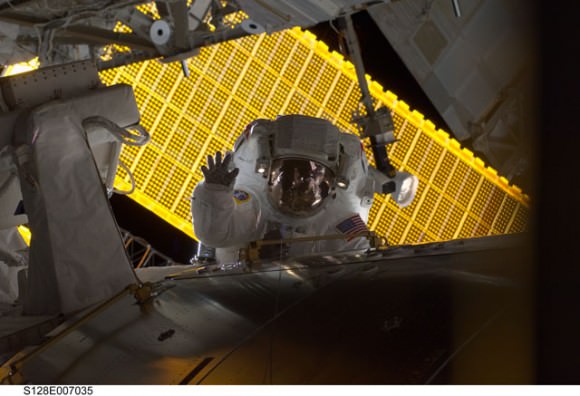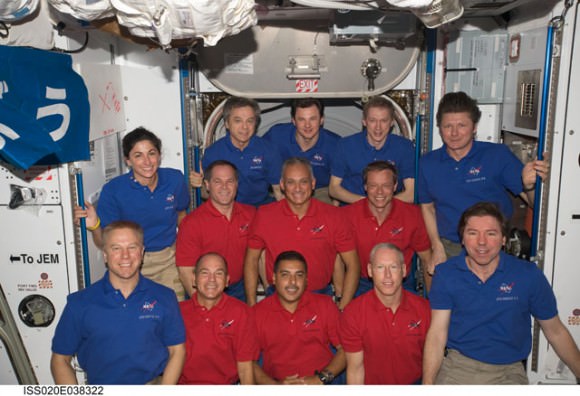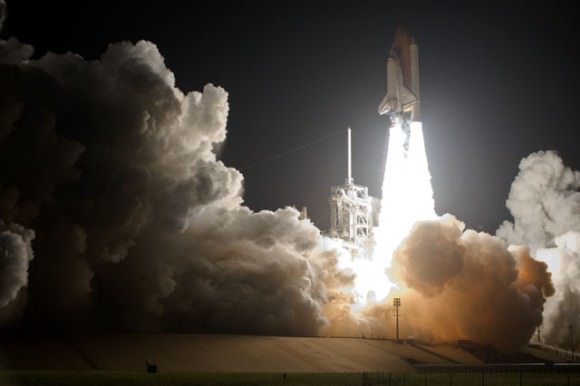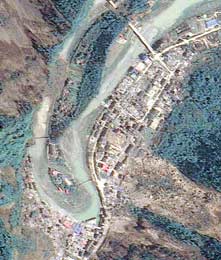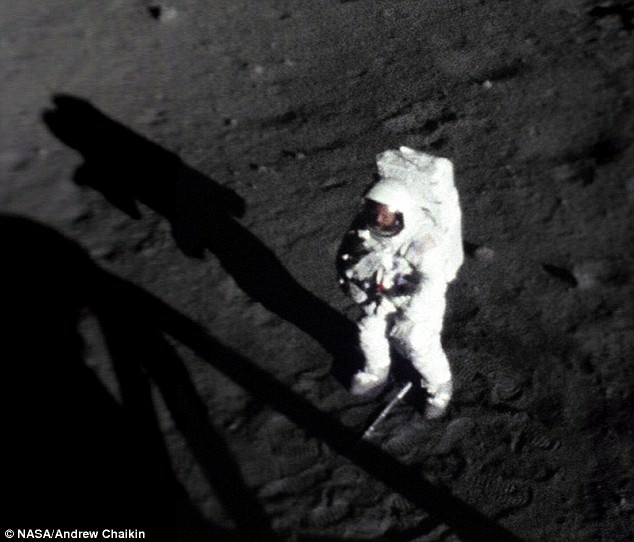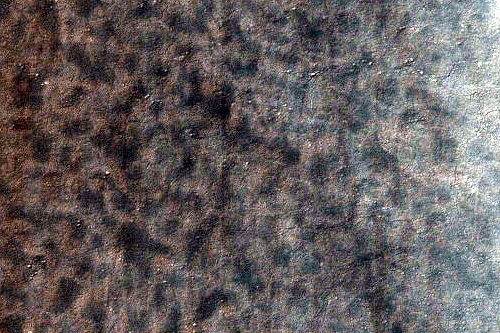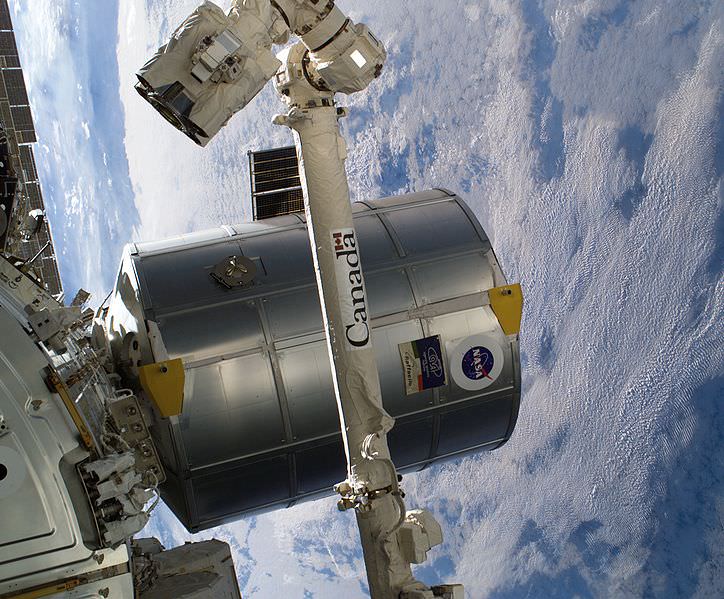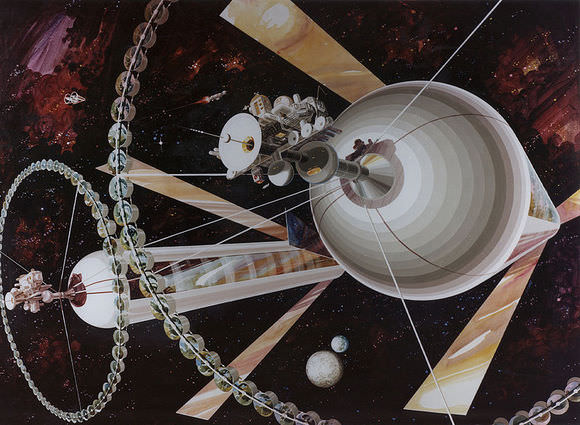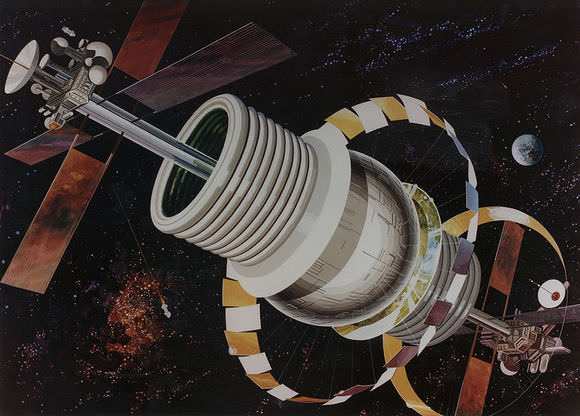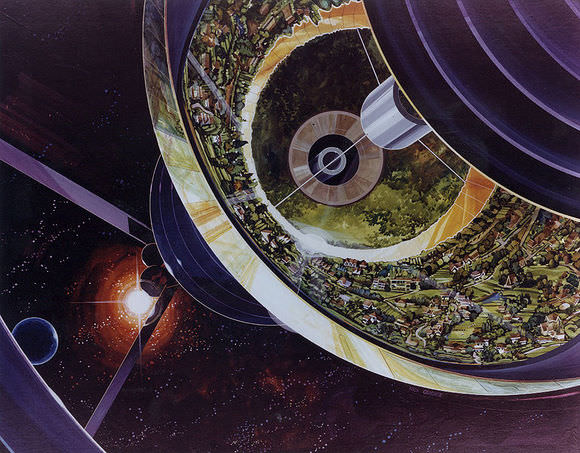Tides refer to the rise and fall of our oceans’ surfaces. It is caused by the attractive forces of the Moon and Sun’s gravitational fields as well as the centrifugal force due to the Earth’s spin. As the positions of these celestial bodies change, so do the surfaces’ heights. For example, when the Sun and Moon are aligned with the Earth, water levels in ocean surfaces fronting them are pulled and subsequently rise.
The Moon, although much smaller than the Sun, is much closer. Now, gravitational forces decrease rapidly as the distance between two masses widen. Thus, the Moon’s gravity has a larger effect on tides than the Sun. In fact, the Sun’s effect is only about half that of the Moon’s.
Since the total mass of the oceans does not change when this happens, part of it that was added to the high water regions must have come from somewhere. These mass-depleted regions then experience low water levels. Hence, if water on a beach near you is advancing, you can be sure that in other parts of the world, it is receding.
Most illustrations containing the Sun, Moon, Earth and tides depict tides to be most pronounced in regions near or at the equator. On the contrary, it is actually in these regions where the difference in high tide and low tide are not as great as those in other places in the world.
This is because the bulging of the oceans’ surface follows the Moon’s orbital plane. Now, this plane is not in line with the Earth’s equatorial plane. Instead, it actually makes a 23-degree angle relative to it. This essentially allows the water levels at the equator to seesaw within a relatively smaller range (compared to the ranges in other places) as the orbiting moon pulls the oceans’ water.
Not all tides are caused by the relative positions of these celestial bodies. Some bodies of water, like those that are relatively shallow compared to oceans, experience changing water levels because of variations in the surrounding atmospheric pressure. There are also other extreme situations wherein tides are manifested but have nothing to do with astronomical positioning.
A tidal wave or tsunami, for example, makes use of the word ‘tide’ and actually exhibits rise and fall of water levels (in fact, it is very noticeable). However, this phenomena is caused entirely by a displacement of a huge amount of water due to earthquakes, volcanic eruptions, underwater explosions, and others. All these causes take place on the Earth’s surface and have nothing to do with the Moon or Sun.
A thorough study of tides was conducted by Isaac Newton and included in his published work entitled Philosophiæ Naturalis Principia Mathematica.
We have some related articles here that may interest you:
There’s more about it at NASA. Here are a couple of sources there:
Here are two episodes at Astronomy Cast that you might want to check out as well:
Sources:
Princeton University
NASA
NOAA


